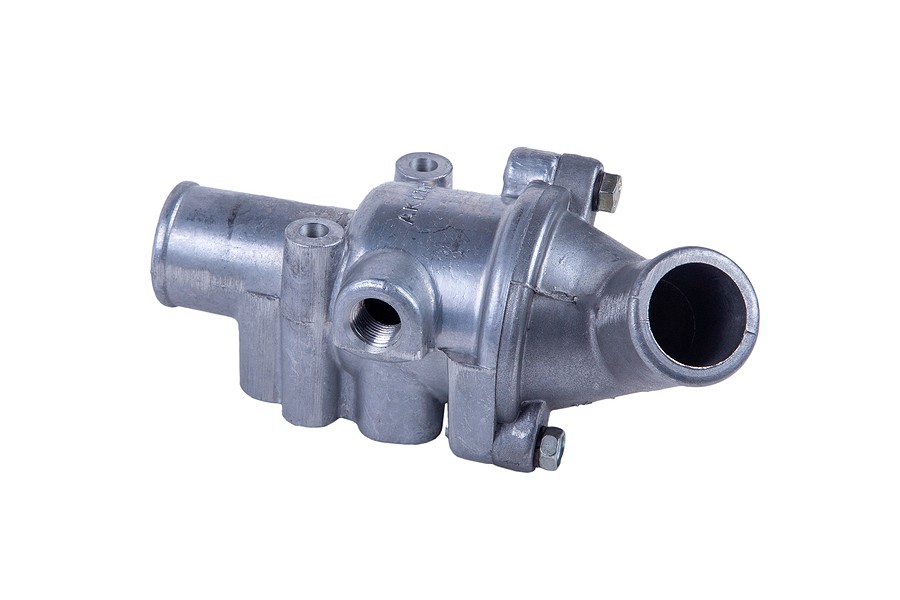Are you looking for a comprehensive guide to car thermostat housing? If so, then you've come to the right place. This article will cover everything from identifying your needs and deciding on the best option to install your chosen product easily. Let's get started!
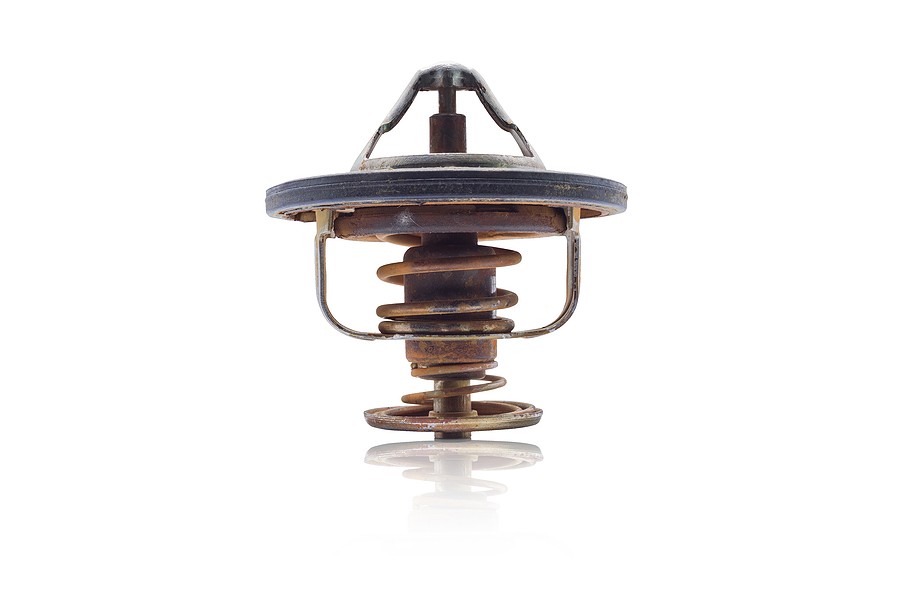
What is thermostat housing, and how does it work?
Your car's thermostat is responsible for regulating the flow of coolant through your engine. It works by opening and closing the passage between your engine block and an outlet that flows into the radiator.
When you start your car, the temperature inside it will be very hot due to all the heat generated by moving parts, fuel being burned, etc. So the thermostat stays closed until the coolant starts to heat up. Once this happens, your car's computer tells it to open by allowing coolant into the radiator. This allows the hot area of your engine to dissipate some of its heat and begin transferring it out of your car.
When you shut off your engine, the process reverses itself. First, the computer tells your thermostat to close, which prevents the coolant from moving into the engine block and moves it back to the radiator, where it can cool down.
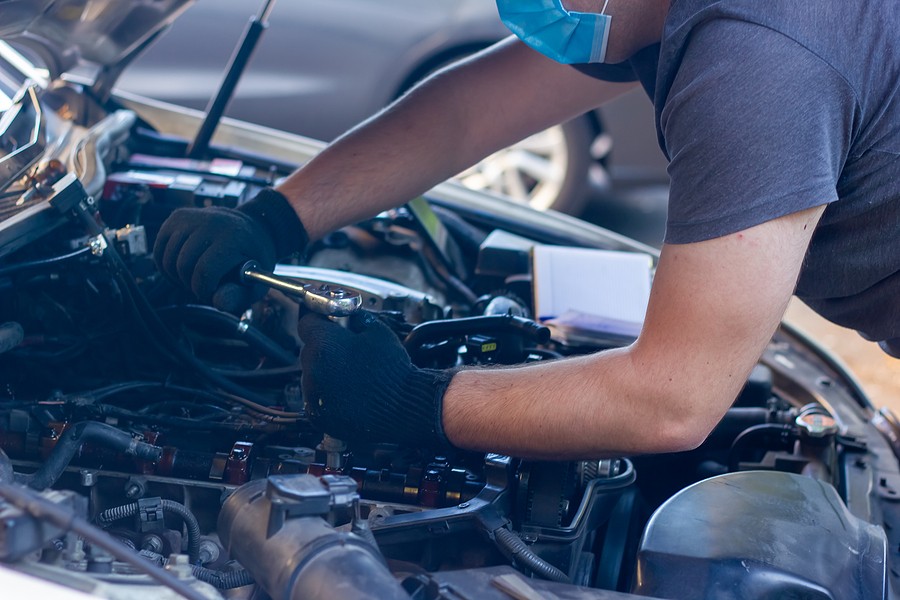
Are all cars' thermostats the same?
In short, no. While most vehicles have a thermostat to regulate coolant flow, the way it opens and closes can vary. For example, a car with a ‘direct acting' thermostat will open once the coolant reaches a certain temperature regardless of other factors such as engine load or vehicle speed.
Some cars also use electrical systems to create more accurate and efficient control.
Symptoms of a bad thermostat housing
You may notice a few signs if the car's thermostat is no longer working properly. Here are the ten most common symptoms of the bad thermostat housing, along with diagnostics and repair costs:
#1 No or poor heating/cooling: $0-$450
If your car's heater or air conditioner is no longer producing heat or air, then it may be time for a replacement. The most likely culprit is a dirty or damaged cabin air filter that makes it difficult to move through the system.
Diagnostics: Check your cabin air filter and see if it's dirty. Clean or replace as needed.
Repairs: Replace the thermostat housing if you have done the diagnostics and know for certain that it is bad.
#2 Stalling or overheating: $0-$1,200
The symptoms of a bad thermostat housing include an overheating engine. In addition, if you notice your car's temperature gauge rising past its normal range, then the thermostat may be stuck open or closed and need replacement.
Diagnostics: Check your vehicle's coolant level and see if it is low (this requires removing the radiator cap). Also, check the voltage to the thermostat housing. If it is below 11.5 volts, there may be a problem with your car's electrical system that prevents the computer from properly controlling the thermostat.

#3 Poor fuel economy: $0-$2,000
A bad thermostat housing can lead to several issues that cause your engine to use more fuel than it should. This includes a dirty or damaged intake manifold that restricts airflow, a restricted exhaust system that increases back pressure inside the cylinders, and an inefficient catalytic converter.
Diagnostics: The easiest way to diagnose bad thermostat housing is to see if your car's gas mileage has gotten worse. If you notice this, then it should be replaced.
#4 Hard starting: $0-$1,800
If your car doesn't start up immediately when you turn the ignition key, then it may be time for a replacement.
This is most often caused by cold weather and moisture in the air that prevents spark plugs from working properly. Other possible causes of this symptom include faulty coils, dirty or worn-out spark plugs, or a bad computer that prevents the engine from starting.
Diagnostics: Check your vehicle's battery, charging system, and starter to see if they are working properly.
#5 Slow acceleration or lack of power on hills or highways: $0-$1,200
The symptoms of a bad thermostat housing can also be an engine that lacks power when you're on the road.
This may include difficulty passing other cars at highway speeds or climbing steep hills. Other possible causes include an obstructed exhaust system that restricts airflow into the cylinders, dirty air filters that restrict airflow into the engine, and clogged catalytic converters restricting airflow through the exhaust system.
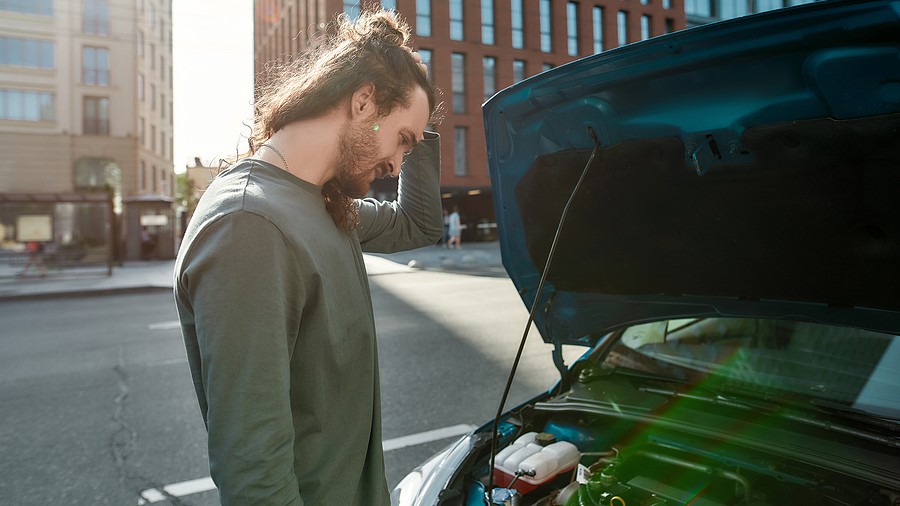
Diagnostics: Check the air filter and see if it is dirty. If so, replace it with a new one of the proper size or check your exhaust system for any obstructions that may restrict airflow through the engine.
#6 Leaking coolant: $0-$1,800
The symptoms of a bad thermostat housing can also be a radiator or water pump leak, which will cause low coolant levels in your vehicle's reservoir. The other sign could be white smoke coming from your vehicle's tailpipe – this means that hot coolant is passing out into the combustion chamber, where it burns off as steam.
Diagnostics: Check the coolant reservoir and see if it is low. If so, add some water or antifreeze and see if the level rises again after driving around for a few minutes. Also, check your vehicle's exhaust system for white smoke coming from behind the engine, which could mean that hot coolant is burning off in the cylinders.
$7 Avoiding rust: $0-$1,000
A bad thermostat housing can cause water to leak into the engine compartment instead of out through the tailpipe.
If this happens, it could lead to corrosion inside the cylinders, clogged radiator fins, and damaged internal engine components. This will make it more likely that your vehicle's engine will fail over time.
Diagnostics: Check your vehicle's exhaust system for white smoke coming from behind the engine, which could mean that hot coolant is burning off in the cylinders.
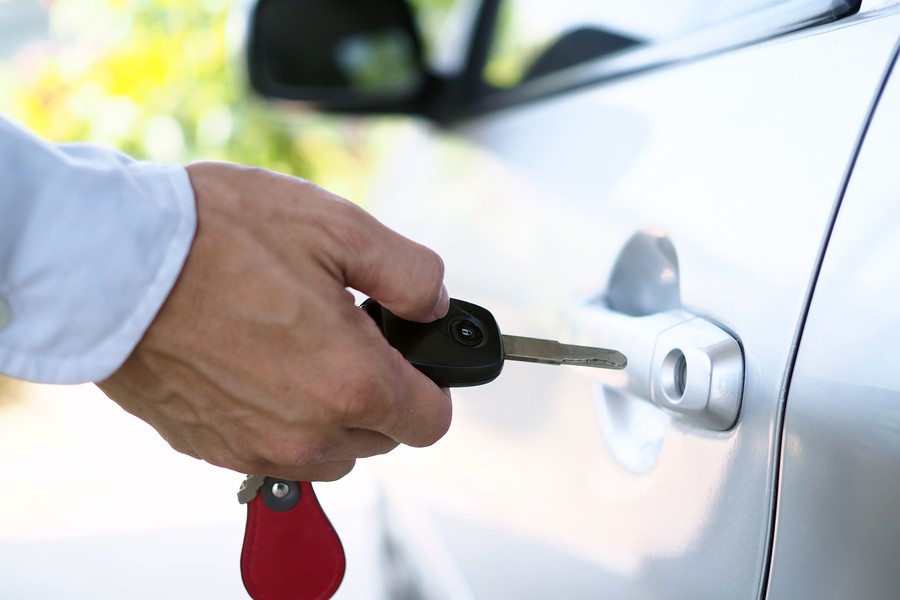
#8 Laying down oil: $0-$1,600
A bad thermostat housing symptom can be oil leaking onto the exhaust system. This is because the oil inside of a car engine heats up and expands when it gets hot, while coolant remains in a liquid state at all times.
Oil can slowly leak out from the area where the housing meets the cylinder head, particularly if this area has been exposed to excess pressure from within the cylinders.
Diagnostics: Check your vehicle's exhaust system for any signs of oil leaking onto it.
#9 Poor performance or fuel economy: $0-$2,700
The symptoms of bad thermostat housing can also be diminished engine performance and fuel economy due to damaged engine components. This can result from oil leaking onto the exhaust system, which can cause parts in your vehicle's cylinders to rust and corrode.
Diagnostics: Check your vehicle's exhaust system for any signs of oil leaking onto it.
#10 High oil consumption: $0-$2,500
A bad thermostat housing symptoms can also be high engine oil consumption due to damaged engine components.
If the thermostat housing is cracked or warped, then coolant can flow into your engine's cylinders without passing through the radiator first. As a result, the air mixture in your engine's cylinders will be too lean, and oil can quickly build up inside of them.
Diagnostics: Check your vehicle's exhaust system for any signs of oil leaking onto it. Then check your engine's dipstick to see excessive oil consumption.
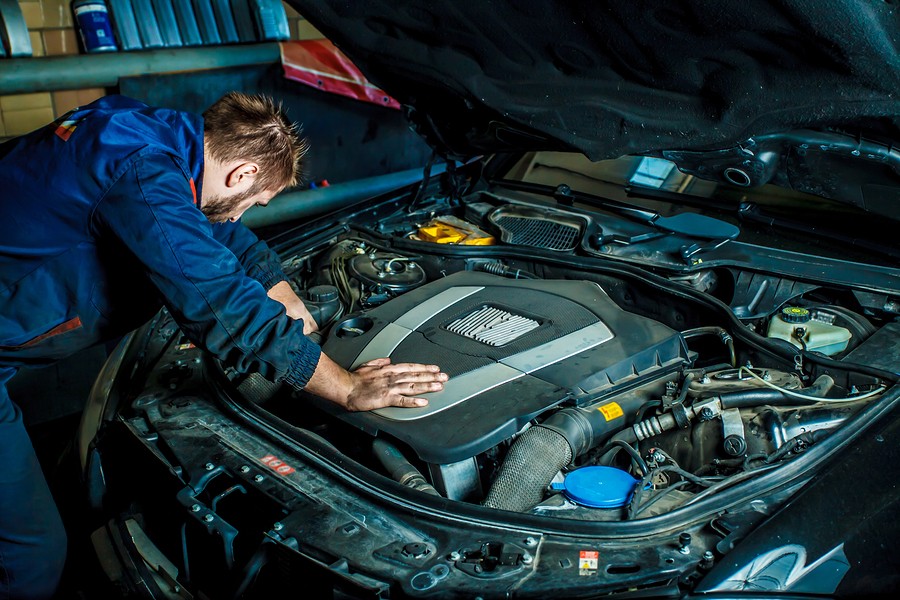
How much does it cost to replace the thermostat housing?
Replacement costs for thermostat housing differ depending on your situation; let's take a closer look at the following two options:
DIY cost for replacement of thermostat housing: $650-$850
The labor for this job should take about 2-4 hours if replacing the thermostat and gasket simultaneously. If you don't want to do this job yourself, expect to pay $600-900 in labor costs.
DIY parts for the replacement of thermostat housing: $75-$125
Additional parts required to complete this job include a coolant gasket sealer, antifreeze, and a new thermostat. The OEM part will cost about $40-$50, while an aftermarket replacement can cost $25-60. Other than the gasket and the thermostat, no other parts should be replaced.
So you could expect a total DIY cost of $675-$975 for this job. You could also expect an additional $75-135 if any extra required parts are needed for this job. If performed by a mechanic, you can expect to pay anywhere from $600-900 for labor alone.
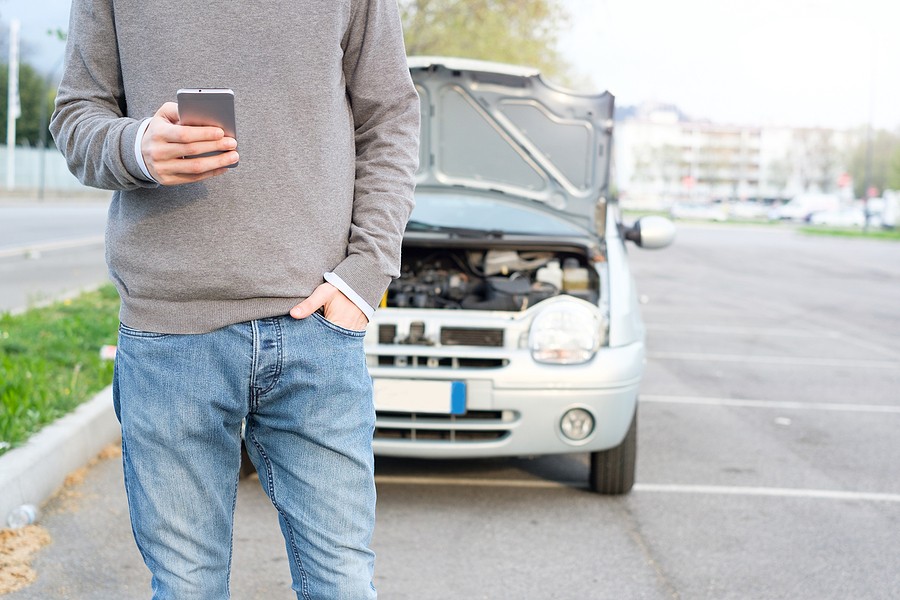 How difficult is the replacement of the thermostat housing?
How difficult is the replacement of the thermostat housing?
DIY difficulty (1-5): 2 or 3 – If you are confident in your ability to work on cars, this should be an easy job. Replacing the gasket and thermostat does not require any special tools. However, if your vehicle is not equipped with a metal thermostat housing, you will need to transfer the gasket and thermostat from the old housing onto the new one.
Mechanical difficulty (1-5): 1 or 2 – If you replace the thermostat and gasket simultaneously, this job should take less than one hour. It is also possible to replace the thermostat without replacing the gasket, but it will still take less than an hour to complete this job.
Here are ten tips to consider to prevent thermostat housing premature damages:
#1 When replacing a thermostat, always replace its gasket as well
This tip is closely related to the first one. It would help if you never risked simply using a new gasket because the old one was still good; it could have been warped out of shape after being removed from the old housing. The gasket needs to be replaced to seal the new thermostat housing to prevent leaks.
#2 Consider replacing your engine's coolant every time you replace your thermostat
This tip emphasizes the importance of changing your vehicle's coolant whenever you replace its fluids or parts that come into contact with its cooling system. It is only a small investment, but it should help increase the lifespan of both your vehicle and its components. As for specifications, two gallons (3-4 liters) of 50% coolant mixed with 50% water should be enough for this job; if this seems like too much fluid, then maybe consider searching out waterless coolants instead.
#3 Drain and flush your car's cooling system about once per year
A complete flush of your vehicle's cooling system should be performed about once per year to remove the impurities that may build up inside of it. Doing this job yourself is neither easy nor expensive, but an annual flush can help ensure that you get the most out of your vehicle's cooling system.
#4 Avoid driving a car that has a faulty thermostat
A malfunctioning thermostat will cause your engine to overheat, potentially causing severe damage in the process. If you ever notice any warning signs of a faulty thermostat, then have it inspected and fixed as soon as possible. You can identify this problem by noticing an increase in temperature when idling or abnormal heat from the radiator fluids released from the reservoir tank.
#5 Always use the proper coolant for your car's engine
There are many different types of antifreeze available on the market, but some can ruin or damage your vehicle if it is not compatible with your cooling system. Different vehicles require different types of antifreeze to ensure they will never freeze when exposed to extremely low temperatures.
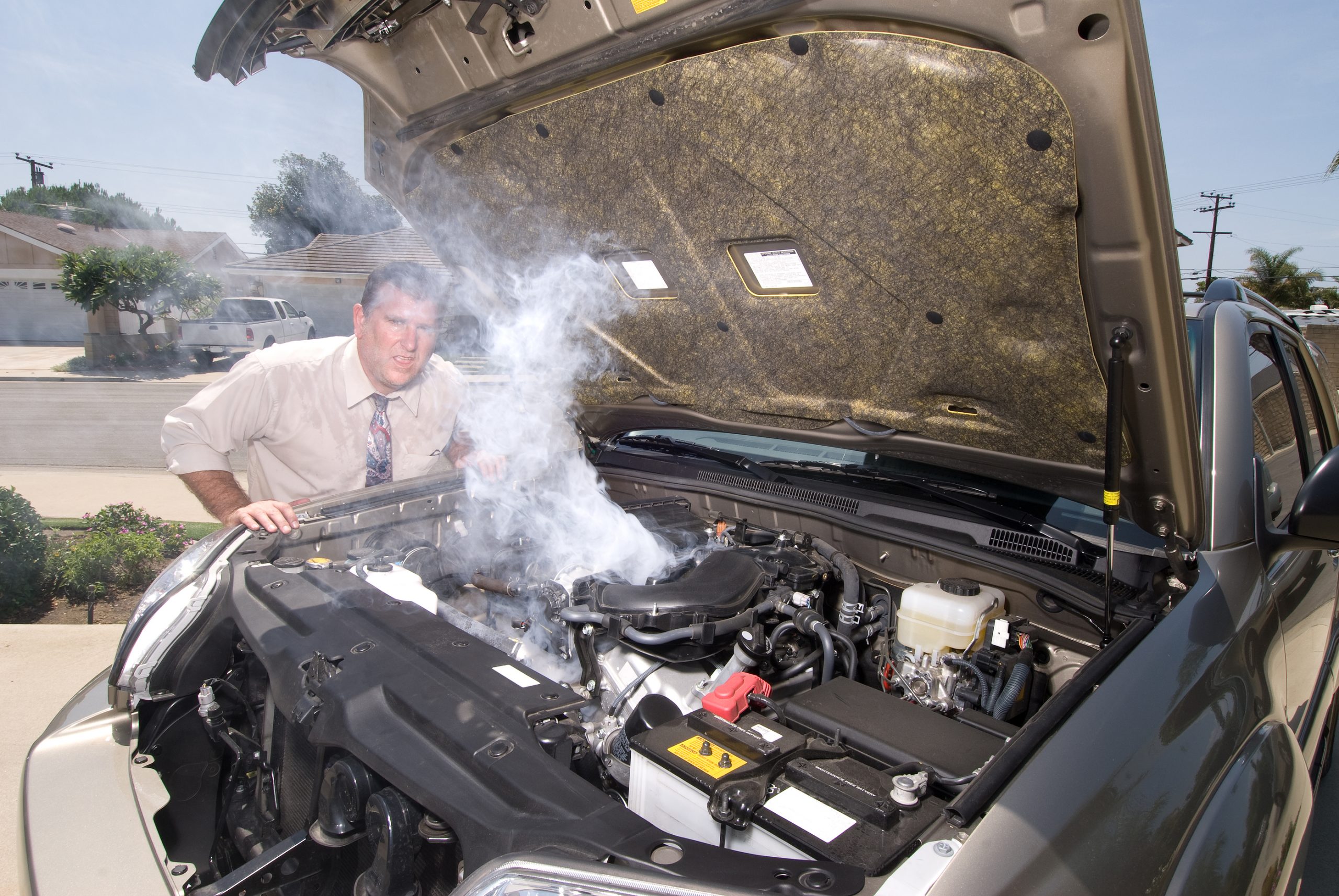
#6 Replace your car's thermostat every 60,000-100,000 miles (96,500-160,500 km)
The general rule is to replace the vehicle's thermostat once every two years or 60,000 miles. However, this rule can vary depending on what kind of coolant you use and how frequently it needs to be changed. If you ever put off changing your thermostat for too long, then there is a greater risk that it will fail as time goes by.
#7 Check your car's transmission fluid level when replacing its thermostat
While checking the engine oil level may seem like an obvious part of any car maintenance task, checking the car's transmission fluid level should also be included in this list. When changing the thermostat, it is possible to accidentally drain some of your car's transmission fluid if you do not pay attention while removing its cooling lines.
#8 Make sure you tighten all of your car's radiator connections properly
A loose radiator connection can lead to an overheated engine and severely damaged components like water pumps and radiators. The coolant will not circulate throughout the engine if the radiator connections are loose, resulting in overheating that could cause permanent damage or even complete failure.
#9 Do not overfill or underfill your vehicle's reservoir tank with coolant
The maximum amount of antifreeze you should ever add to the reservoir tank on most cars is one gallon (3.8 liters) for every 32 ounces (0.95 liters). Some cars may require more fluid than this, but it is usually safe to assume that one gallon will be enough. If you ever put in too little coolant, then your engine can overheat and cause severe damage, while putting in too much fluid can lead to a hazardous waste spill and a risk of corrosion.
#10 Add a bottle of waterless coolant additive to your vehicle's cooling system every year
Waterless coolant additives can improve your car's engine performance by removing sludge from the radiator, keeping it clean and clear of blockages. Most modern cars already come equipped with these additives built into the radiator coolant, but it can still be a good idea to purchase one of these products for your vehicle.

Conclusion
If you're looking to keep your car running smoothly, it's important to understand the thermostat and how it works.
The thermostat is responsible for regulating the engine temperature, and if it isn't working properly, your car may not run as efficiently as it should.
In this comprehensive guide, we've covered everything you need to know about the car thermostat housing – from replacing a faulty unit to cleaning it out.
By understanding how the thermostat works and keeping it in good condition, you can help ensure that your car runs smoothly all year round.

